Which shade of pearl holds the most value?Pearl color 101

Pearls come in several color shades. These pearls often come in white, cream, or gray; however, you can find them in other colors like chocolate, lavender, purple, blue, pink, green, champagne, or black. Furthermore, particular pearls come in distinct, beautiful overtones. These colors are available in both freshwater and saltwater pearls.
Although it is now possible for humans to develop pearls effectively and produce them in controlled settings, several components of the process are still beyond their control. The color in which the pearl appears is one of these components.
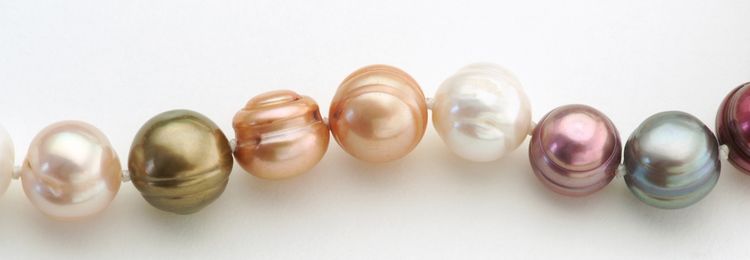
While some techniques change this natural color, it is mostly up to chance. The biological process of making pearls implies that a wide range of elements can affect the color of the pearl.
There are different meanings associated with varying colors of pearl. Most times, these meanings add to their value and significance. Here is a brief description of some pearl colors and their meanings.
Pearl Colors and Their Meanings

The most prevalent naturally occurring pearl colors are white, cream, and gray, while Tahitian black pearls are also very accessible. Pink, gold, green, lavender, and blue pearls are other naturally occurring colors; however, they are far more uncommon.
The color of the mollusk in which a pearl was created determines the color of the pearl. Pearl hues have a variety of meanings, some of which are as follows:
White Pearls

White pearls are the most popular color on the market, worn mostly by brides. There is always a distinct overtone for each variety of white pearls. This time-honored color represents innocence, purity, tranquility, beauty, new beginnings, and honesty; their timeless quality assures they will last for a long while.
Pink Pearls
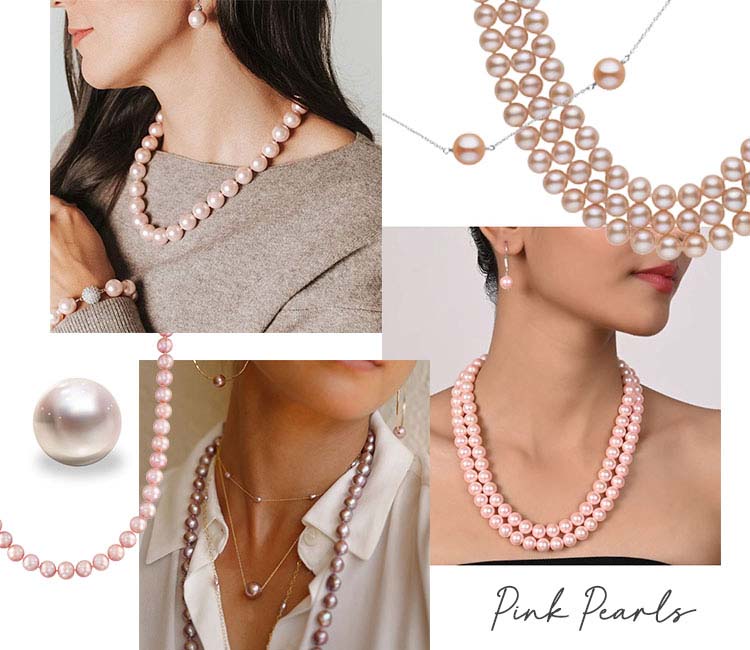
One of the unique natural pearl colors worldwide is pink. Pink pearls often have a peach tone, but they can also naturally vary in tone from light pink to a dark plum hue.
This delicate pastel shade has various metaphorical implications besides its prominent association with femininity. Pink pearls represent healthy living, benevolence, love, kindness, compassion, loyalty, and happiness.
Black Pearls
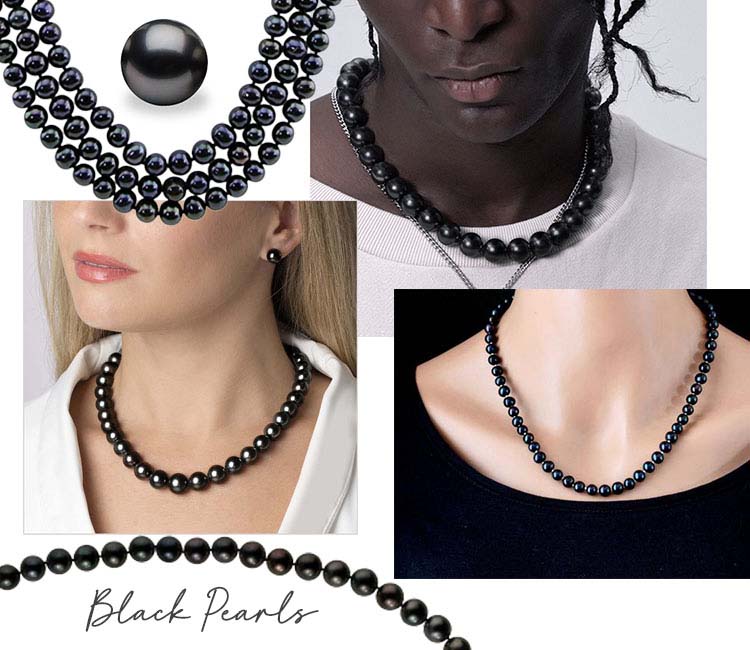
Black pearls are at the other extreme of the spectrum. The only naturally occurring black pearls are Tahitian pearls, prized for their metallic sheen and radiance.
This stylish and functional pearl color is quickly becoming a classic. Black pearls represent power, control, protection, allure, mystery, and resiliency.
Gray Pearls
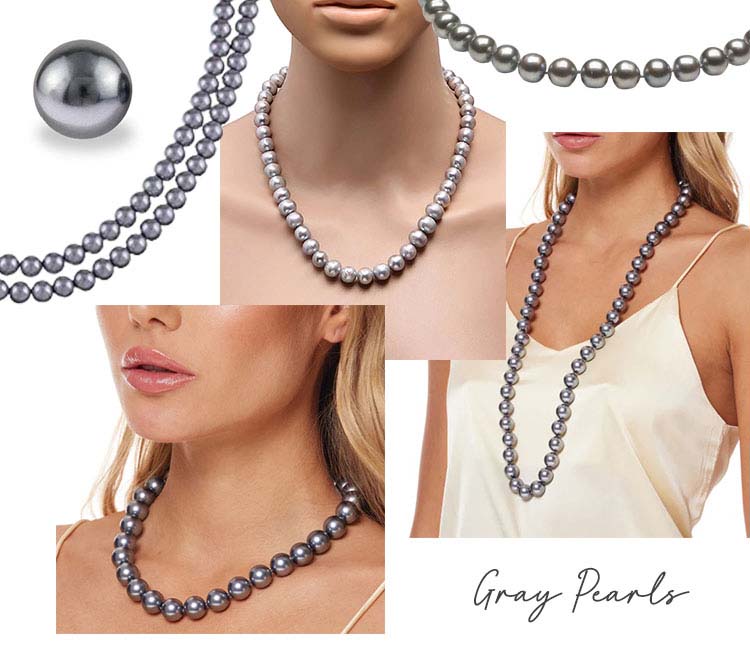
The elegance and versatility of gray pearl jewelry are unmatched. Gray pearls reflect dignity, patience, wisdom, growth, self-control, focus, and security.
Purple Pearls
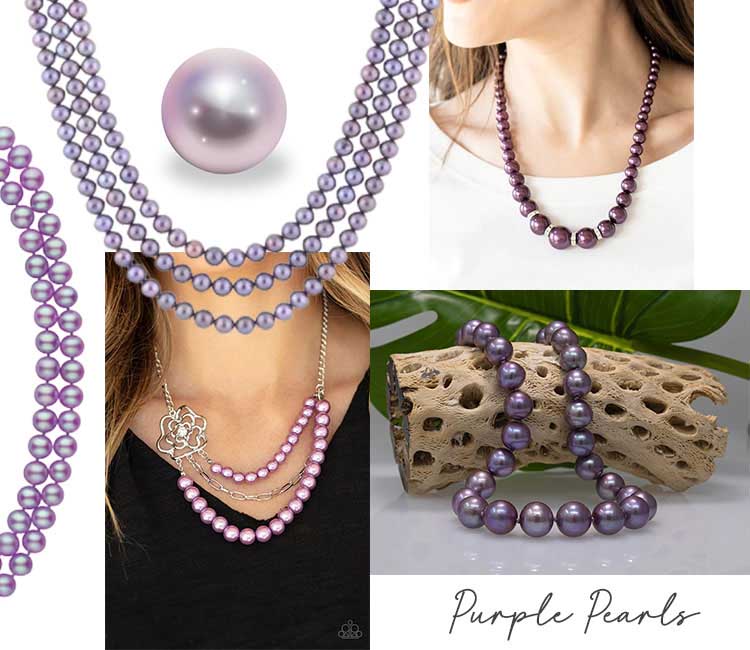
The purple pearl, which stands for knowledge and imagination, is distinctive and enthralling beyond the end. A purple pearl will make you feel as though it has knowledge of the world that you may access if you decide to wear it.
Gold Pearls
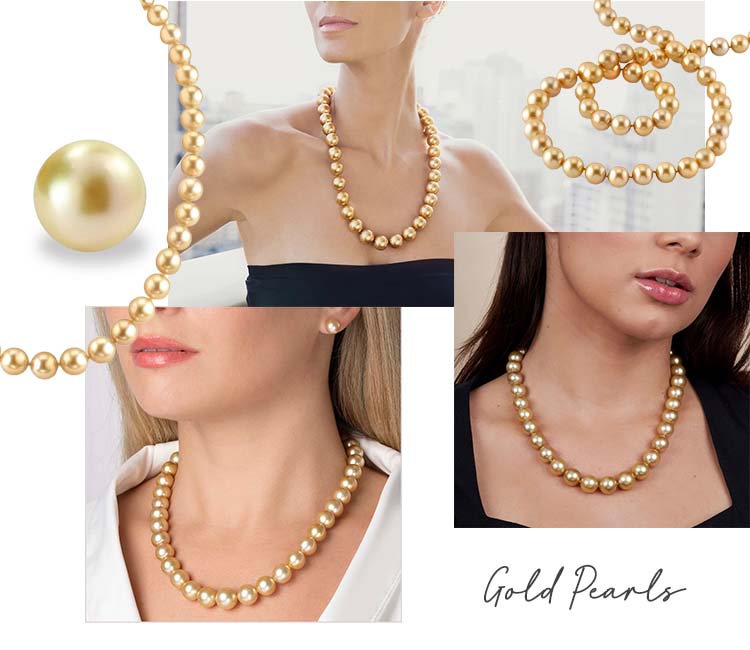
Gold pearls are pretty valuable, like all other gold objects, and ideal for people who appreciate better things. This warm, milky pearl color has many symbolic meanings, including riches, prosperity, courage, knowledge, success, independence, and refinement. Additionally, according to Chinese culture, golden pearls represent luck and prosperity.
Yellow Pearls
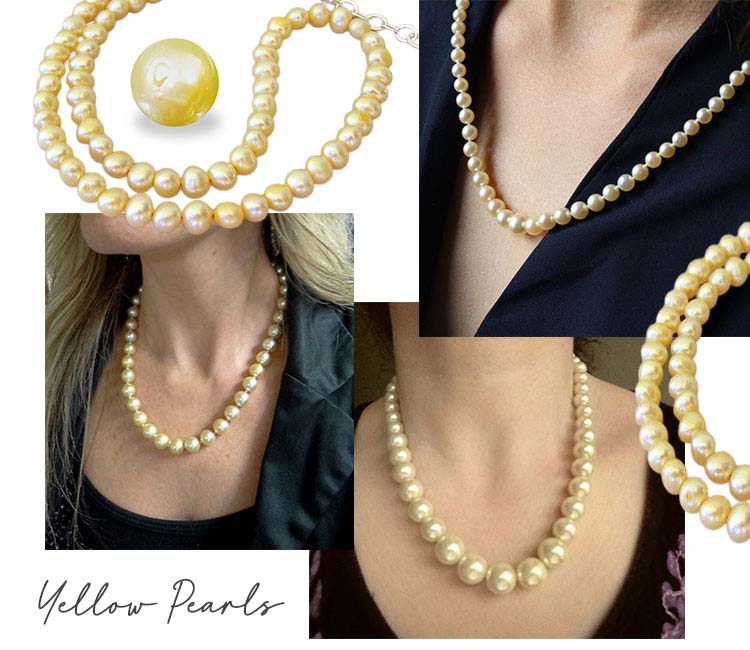
Yellow pearls are cheery and bright, representing pleasure and hope. This pearl is ideal for honoring someone who exudes warmth and luminosity. A yellow pearl can remind you to maintain optimism and envision a bright future.
Multi-colored Pearls
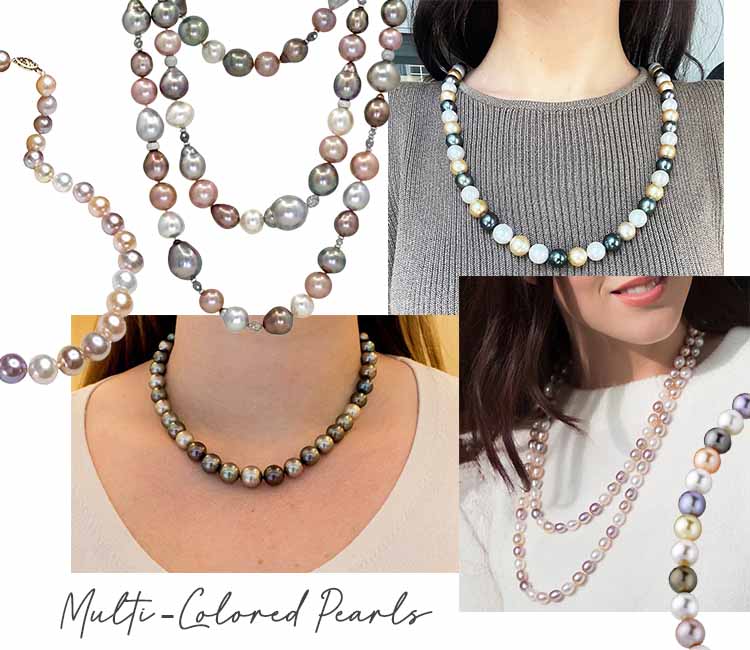
Pearl jewelry can also be multi-colored in addition to the colors mentioned above. These bright patterns stand out, whether created from a single pearl color in a range of tints, many distinct pearl colors, or a combination of gemstones and pearls.
Pearl jewelry with several colors stands for originality, artistry, flair, personality, youth, and mystery. Therefore, colorful pearl necklaces, earrings, and bracelets are perfect for free-spirited individuals who enjoy life to the fullest.
Chocolate Pearls
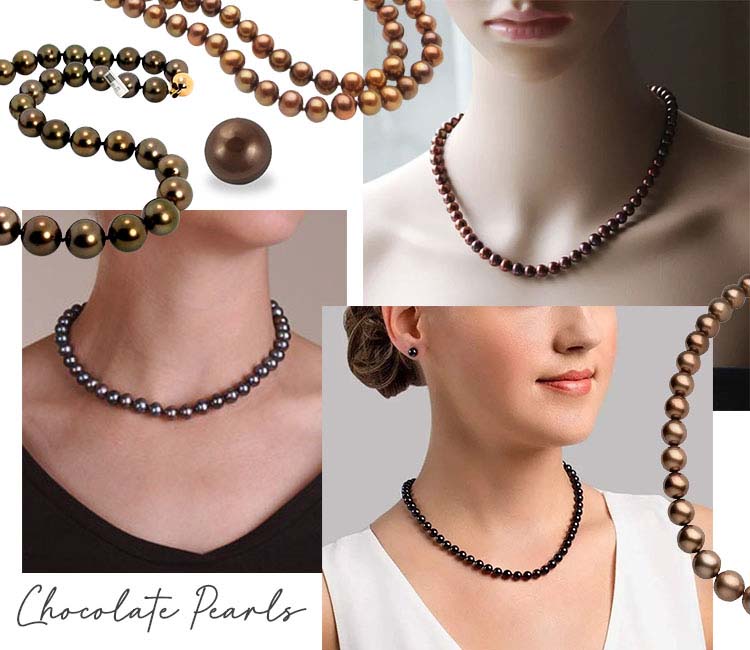
Chocolate pearls have an exquisite appearance. Chocolate pearls stand for comfort, healing, protection, and reliability.
What Causes Pearls to Be Different Colors?
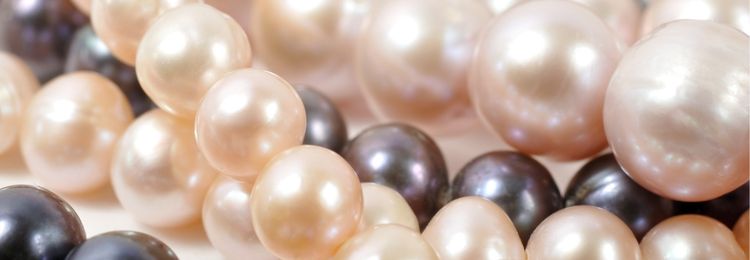
The host mollusk genetically controls the hue of a pearl. The type of oyster and the quantity and density of nacre layers may be contributing variables. However, other factors like illness, nutrition availability, and water quality can also impact the final pearl color.
Additionally, a pearl producer may slightly alter the color of the pearl by injecting tissue from a different oyster into the main oyster in addition to the shell nucleus.
In conclusion, the base color, overtone, and iridescence all have a role in how colored a pearl will be. It is also possible to color cultured pearls.
What Is Pearl Overtone?
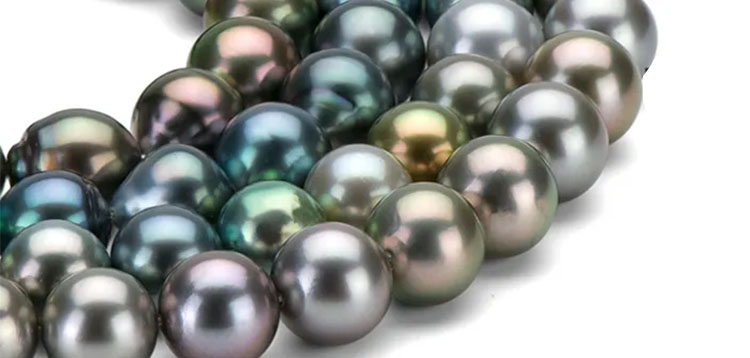
When you expose pearls to light, overtones are the colors on their surface. Since pearls are iridescent, every shade of pearl, including white, black, blue, and other colors, may have a variety of overtones. However, the overtone of a pearl is not its primary color.
Overtones are additional hues that show up on the surface of the pearl. They contribute to the enchantment and mesmerizing power of pearls. Being prismatic, pearls are indeed a sight to behold, and the more mirror-like a pearl's brightness is, the more noticeable its overtones will be.
Each of the three primary types of pearls—white, black, and gold—has distinctive overtones seen on their surface. Silver, rose, ivory, Tahitian pearl, and golden sea overtones are several kinds of pearl overtones.
White Pearls Overtones
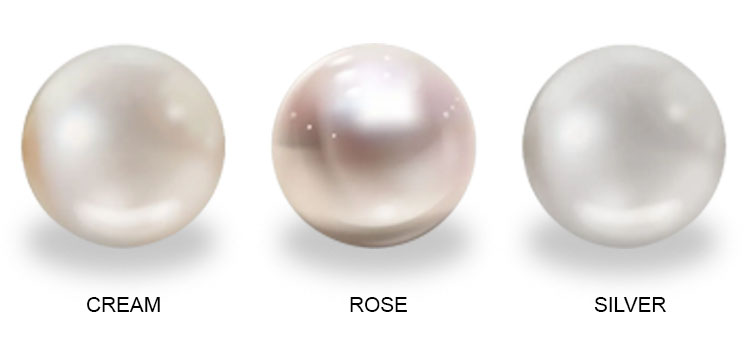
White pearls have three distinct overtones: cream, rose, and silver. You may find these lovely overtones in white South Sea pearls and Akoya pearls from Japan. White freshwater pearls will have them; nevertheless, the degree will vary from each pearl to the other.
Silver Overtone

The most common white pearl overtone is SILVER. The Silver overtone is the closest to a natural, dazzling white shade and represents what most people assume a pearl "must" appear like. This overtone is perfect for women who quickly tan or have dark or olive skin tones. Black or dark brown women also look great with the Silver overtone. With white gold and yellow gold accents, the silver overtone looks stunning and adaptable.
Rose Overtone

The most conventional White Pearl Overtone is ROSE. Over the pearl's white body color, Rose has a subtle to deep pink blush. Blondes, light to medium-dark brunettes, and women with pale skin tones look beautiful with this overtone. Rose-toned white gold cools these pearls, which helps to tame the pink tones on the surface of the pearls.
Cream Overtone

The cream is the third most common overtone. A tinge of French vanilla atop the pearl's white body hue best describes cream. A cream overtone is a fantastic option for people who blush quickly or have a significant amount of pink/red undertones, older women with silver or gray hair, and redheads.
Black Pearl Overtones
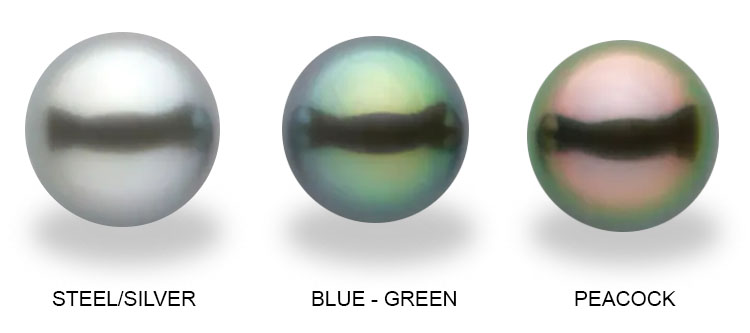
Tahitian cultured pearls are natural black pearls cultivated in the atolls and lagoons of French Polynesia. They don't have the black shade; their main body hues vary from the lightest Silver and Dove Gray to an extremely Dark Charcoal Gray.
There is an actual rainbow of hues in their secondary overtones, but the most well-known and well-liked ones are Peacock, Silver/Steel, and Blue-Green. Other shades with well-known "exotic" connotations include aubergine, cherry, sky blue, pistachio, and more.
Peacock Overtone
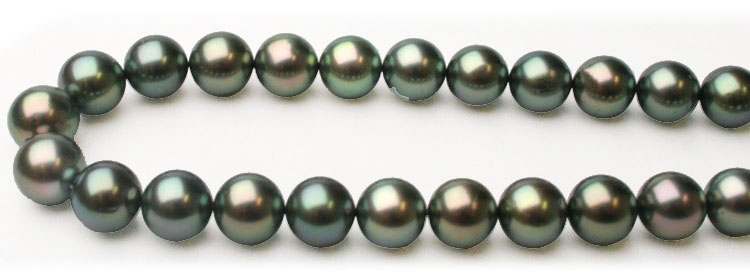
Whether the body color is light or dark gray, the peacock overtone is a diverse mixture of Green, Gold, and Rose colors that shimmer. Depending on how many colors are present on the surface, these pearls can have a bright or dark tone cold or warm hue. Peacock overtones work with either white gold or yellow gold, according to the colors you wish to highlight in the pearls.
Steel/Silver Tahitian Overtone

The simplest way to define steel/silver Tahitian overtones is as a shimmering silvery-gray to pale white sheen over a light to dark charcoal gray body hue. Additionally, they may include rose or aquamarine/green undertones, which give a dash of color and keep it interesting.
The Silver overtone's diffuse tones are especially beneficial for women who frequently wear pastel colors. The Tahitians in silver reflect the most light, giving the impression that they are brighter and more prominent than they are.
Blue-green Tahitian Overtone

The second most pervasive Tahitian overtone for pearls is a blue-green shade. Blue-green Tahitian overtones will sparkle on women with dark hair, fair skin, redheads, and winter complexions. White silver embellishments calm the pearls and highlight their distinctive blue tones.
Gold Pearl Overtones
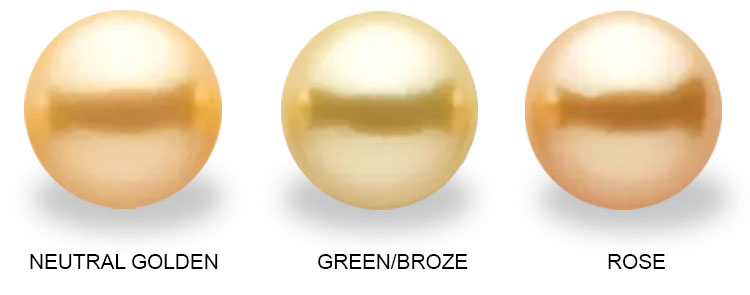
Identifying golden South Sea pearls might be a little challenging for some people. These pearls are naturally colored, with hints of rose, neutral gold, silver, and green/bronze.
Neutral golden Overtone

The most universally flattering overtones for almost any skin tone are neutral gold overtones, which truly bring out the pearl's inherent color. The most common gold pearl overtones are neutral golden (sometimes known as yellow) overtones. The pearl seems to have no overtone due to their secondary, translucent tint of gold over their primary body color (Gold).
Rose Overtone
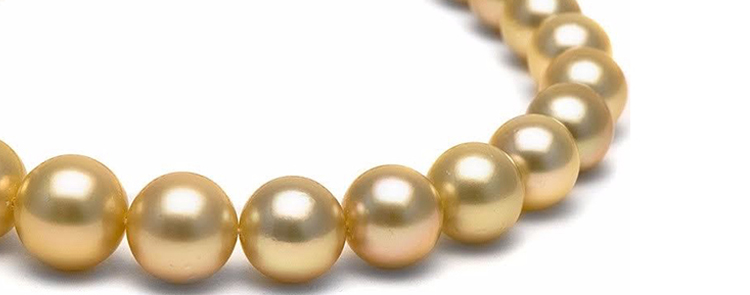
The Rose overtone has a "warm" Golden South Sea hue, which enhances the pearls' radiance and makes it simpler to match them with a range of skin tones and attire. Because it gives the pearls and the complexion a hint of warmth, this overtone will go well with pale and fair-skinned ladies.
Green/ Bronze Overtone
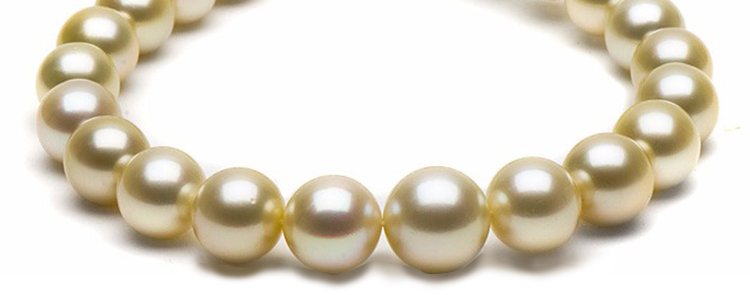
The hardest South Sea pearls to wear are those with green or bronze overtones. They appear as a noticeable greenish tint on the pearl's golden body hue. The ideal possibilities for pulling off this look are individuals with highly dark skin or those whose complexions have yellow or green undertones.
Are Colored Pearls Always Natural?

Pearls are among the most often used gems in jewelry today because of the enormous variety of colors, styles, and sizes available. Although white is the most typical shade, pearls naturally come in almost all other colors.
However, treatment to change their color and appearance is possible. Some of these methods include:
Dyeing
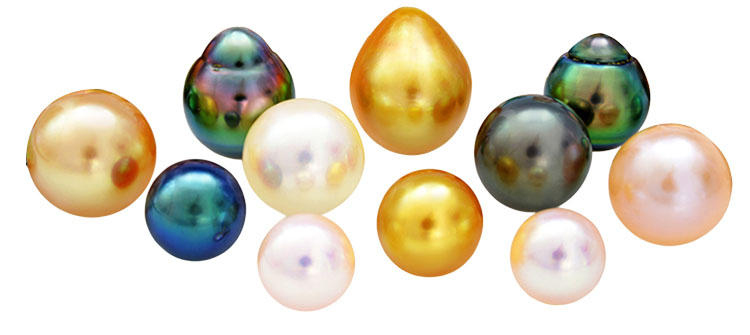
Pearl producers frequently dye pearls to meet the demands of specific markets. Pearls may occasionally be dyed to get stunning and unique shades. These come in gold and black to resemble Golden South Sea pearls and Tahitian, respectively.
Pinking
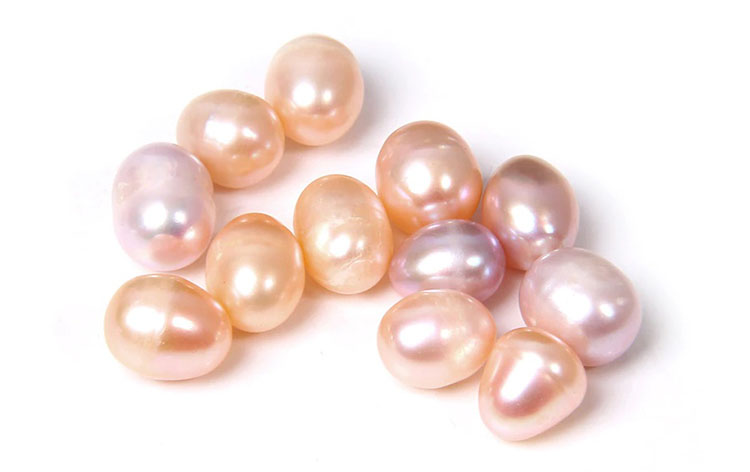
Cultured pearls frequently receive acceptable color-enhancing procedures. This procedure involves dyeing the pearl, which gives it a pinkish undertone. This process is how pearl cultivators meet demand since pearls with pink overtones and pink pearls are in high demand.
Bleaching and Polishing
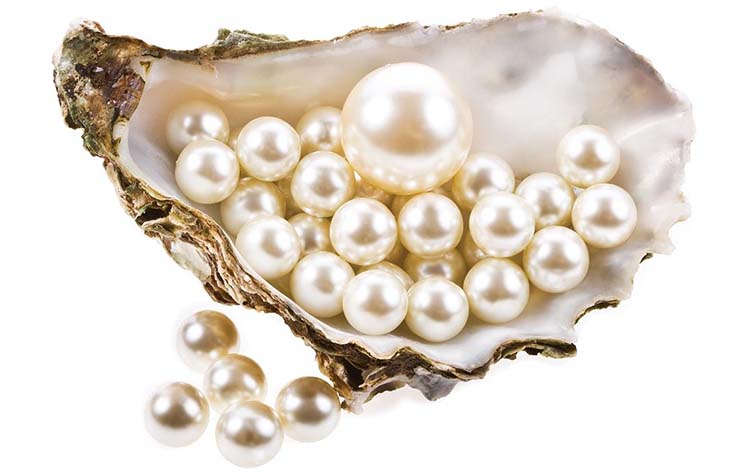
After being collected, pearls undergo polishing in a saline solution before being bleached to produce a flawless white hue. This treatment is common for South Sea pearls.
Irradiating Pearls
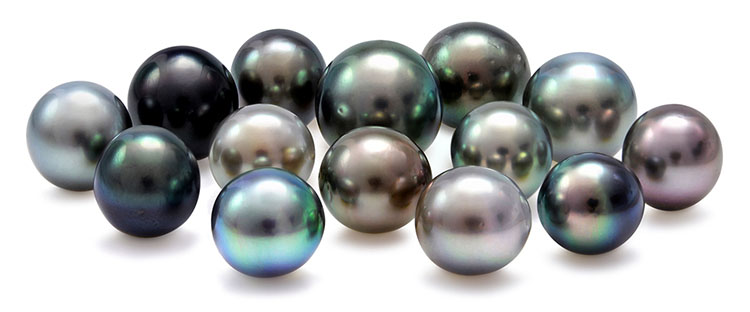
This process uses gamma rays to alter the color of pearls, and the results differ for freshwater and saltwater pearls. Its purpose is to darken the pearl's nucleus, giving it a more distinctive and pricey shade.
What Is the Rarest Pearl Color?
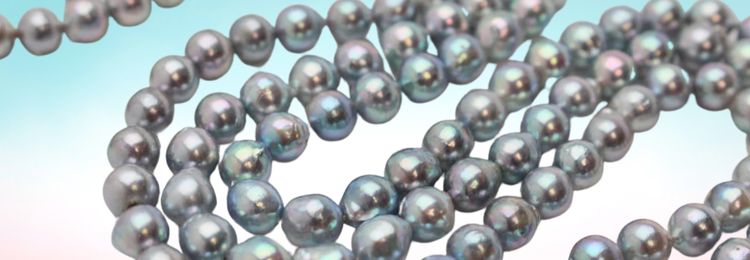
Naturally colored blue pearls are among the wonders of the world. They have been in circulation for some time, but just recently have they become more common in the markets for contemporary pearl jewelry.
The range of shades of blue found in naturally occurring pearls is astounding, ranging from light Sky Blue to dark Midnight Blue, with an even greater variety of brilliant overtones.
This pearl is extremely rare and solely found in the silver-blue white South Sea, Tahitian, blue Akoya, or Sea of Cortez pearl kinds. A metabolic abnormality accounts for the hue of blue Akoya pearls, usually grown in Japan and Vietnam.
What Is the Best Pearl Color?
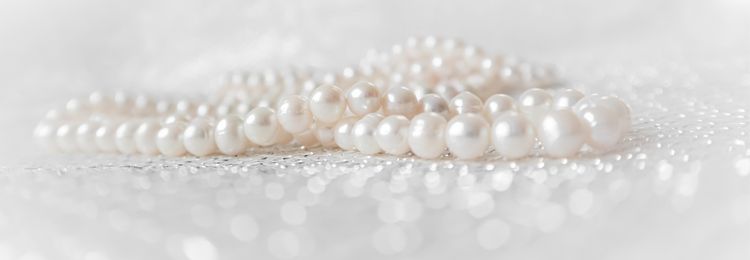
White pearls are the best color as they are elegant, match everything, and have been cherished for many years. Further, the most traditional and popular pearl color is white.
Throughout history, white pearls have connoted a variety of unique meanings. The white pearl is frequently used in wedding and graduation ceremonies because it signifies purity, faith, protection, and tranquility. Brides and ladies, in general, especially love them.
There are three primary sorts of white pearls, each with special characteristics of its own; South Sea pearls, Freshwater pearls, and Akoya pearls. Sometimes Tahitian pearls, often dark ones, are examples of pearls that bloom with a natural white tint.
Description and Worth of the Types of White Pearls
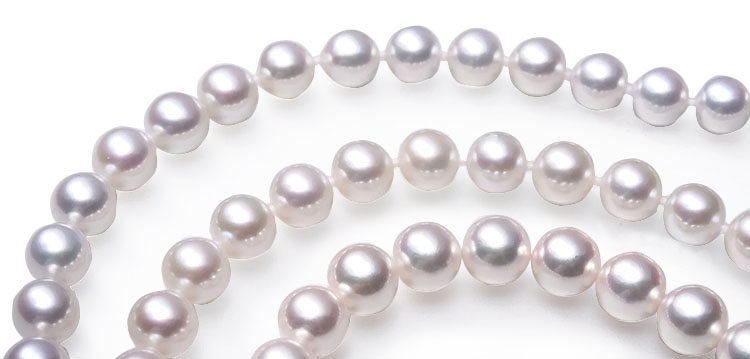
The most popular of the three are white Akoya pearls. They have a cold white color with rose and cream overtones and greenish or blue undertones.
However, some White Freshwater pearls have a colder finish, and most have a warmer hue. They have cream, pink, and silver undertones. Finally, White South Sea pearls are often a wonderfully bright, cold white and have a superb sheen.
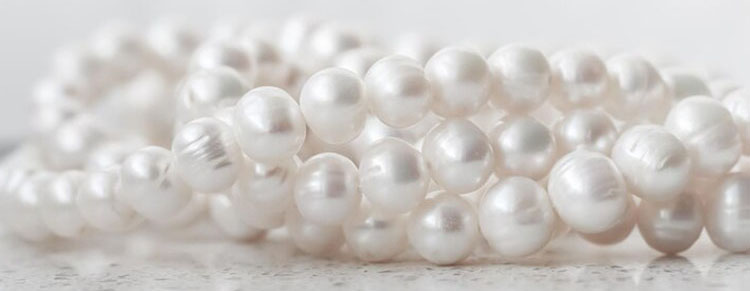
Traditional white pearl strands can cost anything from $100 for a freshwater pearl necklace to $10,000 for an Akoya pearl necklace. Furthermore, a strand of huge, perfect South Sea pearls may be worth more than $100,000.
Although Freshwater and Akoya pearls are inherently white, these varieties may undergo bleaching to produce an exceptionally whiter body color or be subject to a pinking process.
Conclusion
The White pearl holds the most power among other pearl colors. They are exceptionally significant and valuable. Furthermore, you can style them in various unique ways.


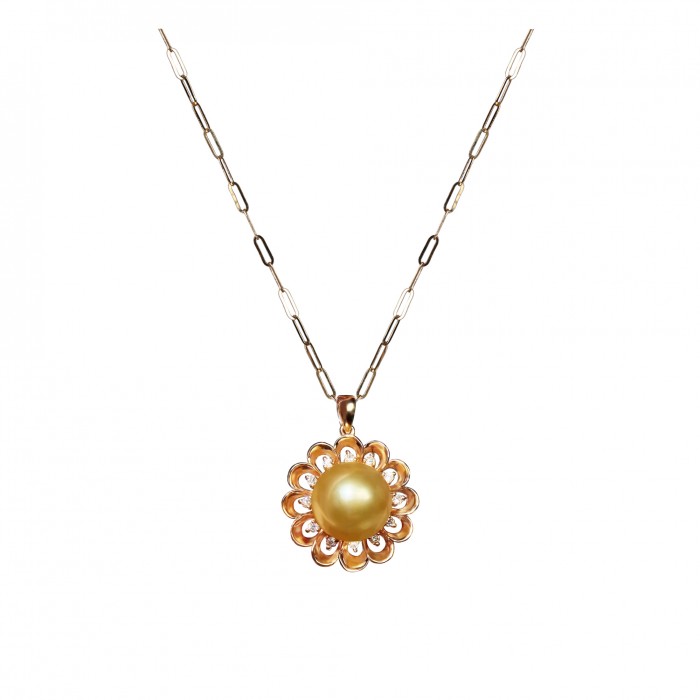
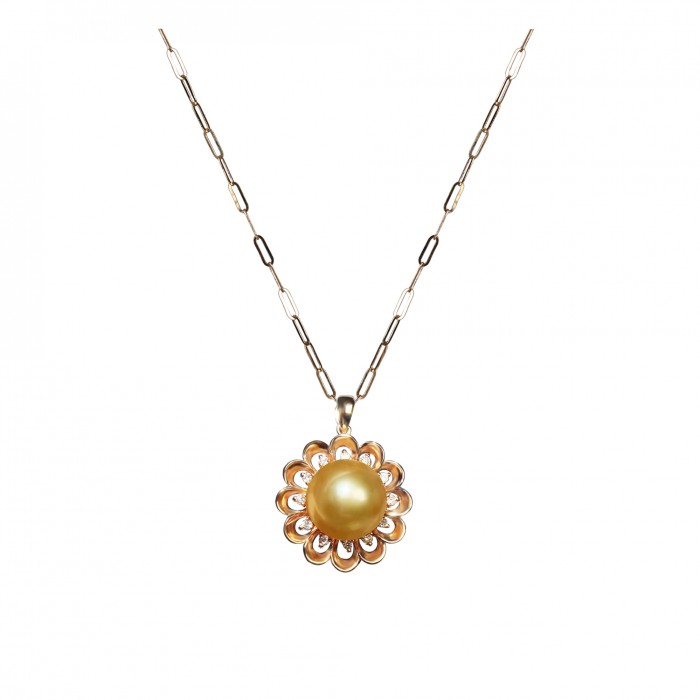
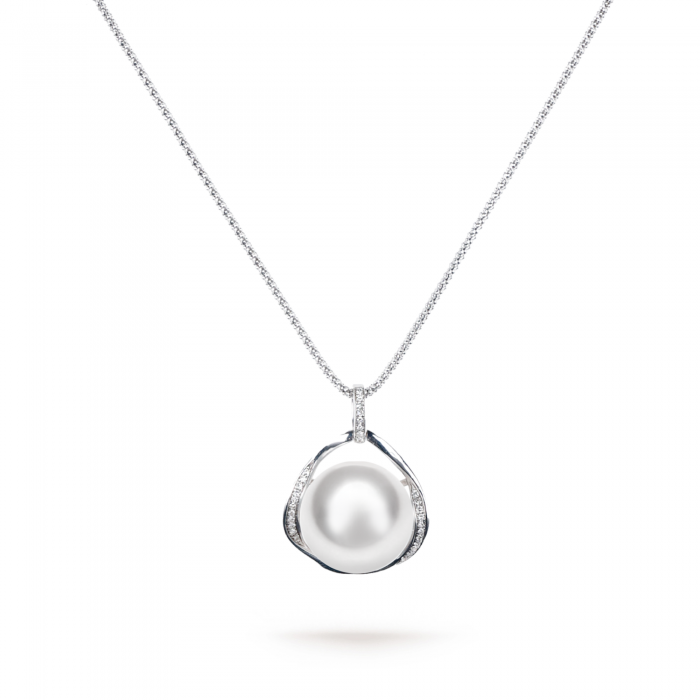
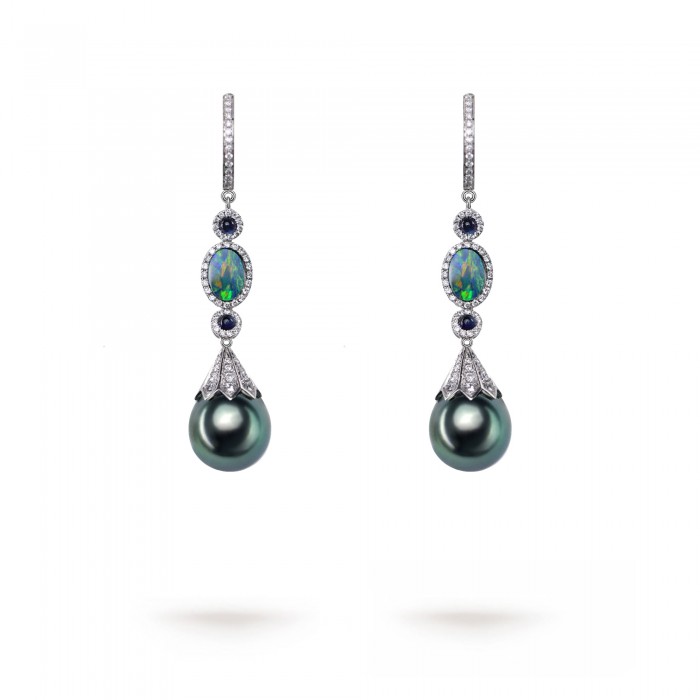
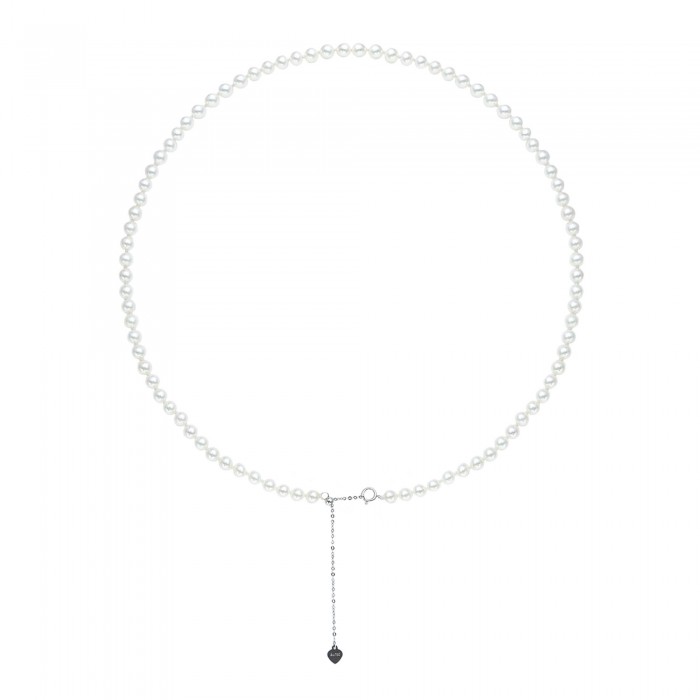
Leave a Comment